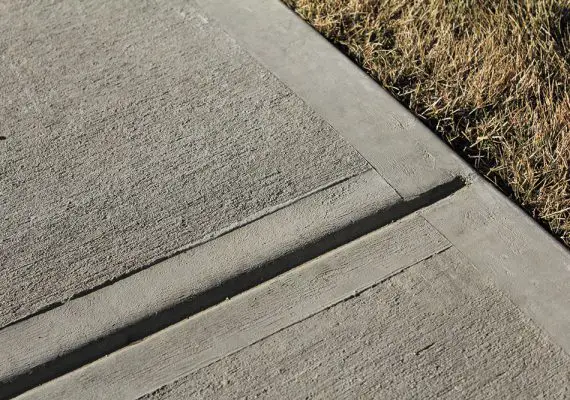What Is A Base Course In Road Construction?
What Is A Base Course In Road Construction?
The base course in pavements is a layer of material located under the surface layer, which is made up of the wearing course and sometimes an additional binder course. It serves as the foundation for the surface layer and is placed directly on top of the subgrade or sub-base course if present.
The thickness of the base course typically ranges from 4 to 6 inches and is determined by the properties of the underlying layers.
It is made up of a specific type of construction aggregate and is compacted to a minimum of 95% relative compaction to provide a stable foundation for further layers or the placement of asphalt concrete.
Aggregate base (AB) is a mixture of crushed rock of different sizes and is used in roadways. A specific recipe of rock sizes and quality, including 20mm to fine dust, is used to make Class 2 AB which is used in roadways.
This aggregate is usually made from newly quarried rock, but recycled asphalt concrete and Portland cement concrete can also be used.
The base course of a road structure is crucial as it distributes the stress caused by traffic and provides the necessary foundation stiffness and strength. To ensure a proper foundation, high-quality crushed aggregate that meets technical specifications must be used.
If the aggregate is not up to standard, it can be stabilized with materials such as Portland cement, lime or asphalt. In high-quality pavements, the crushed aggregate is often treated with asphalt or Portland cement.
Types Of Base Course
The base course, located just beneath the pavement, is under intense stress. To ensure proper function, the materials used in the base course must be of exceptional quality and construction must be done with great care.
There are several types of base courses including Granular Base Course, Macadam Base, In-Water Bound Macadam and Treated Bases.
Benefits Of Using A Base Course In Road Construction
A base course is an important part of road construction, as it provides a stable, even foundation for the layers of material that follow. This ensures that all roads constructed using this method are strong, durable, and able to withstand various types of pressure.
The use of a base course in road construction also offers added benefits such as improved drainage and easier maintenance over time.
By creating a flat, solid surface on which to build other layers, this method allows for a more efficient and cost-effective building process. In addition, it reduces the risk of damage or cracking due to shifting soil or harsh weather conditions.
All in all, there’s no denying the many advantages offered by using a base course in road construction. To resist the significant forces caused by vehicle traffic and to prevent subgrade soil from infiltrating the pavement when the base layer is constructed directly on top of it.


